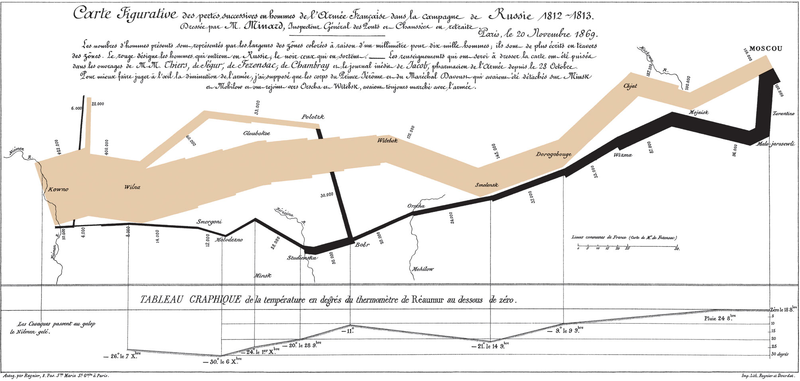In Here Comes Everybody, Clay Shirky attempts to explain group behavior and their organization online. It is an easy read with highly entertaining and relevant examples of how, with the right tools, people can organize outside of the traditional hierarchy. Specifically, Shirky provides a foundation for understanding the types of group interactions and formation that take place as well as the type of activities and contributions different members make to these groups.
This book would be most relevant to individuals working in the field of communications. It caters to those with an interest in social media, its trends, crowd sourcing, and their effects on society and the job market. The book does a great job of outlining what is going on in society today as a result of people adopting these tools as an effective way to organize, communicate, and take collective action. Furthermore, the book provides insight as to how one might use these tools to complete research and gather data from users, which is an integral part of information architecture and design.
Here Comes Everybody expands on a lot of the concepts we’ve discussed in class such as trends in a post-industrial society (Cohen), collective learning (Thomas & Brown), and civic tools/action (Shirky). Since the book is so accessible, and provides a foundation for concepts pertinent to information architecture and design, it would serve as a good introduction to user-centered design and social media as a source for research and impact.
Above I've embedded my interactive multimedia Prezi visual. In it, I strived to illustrate the main points discussed in the book, and contrasting which concepts are most important to information and user-centered design. There are no paths outlined in the presentation, so the viewer has complete control of which parts of the presentation he or she wants to view. Specifically, in the “Relevance” section I have included an image (seen below), inspired from by The Information Design Handbook by O’Grady & O’Grady.

User-Centered Design using Social Media Tools

No comments:
Post a Comment